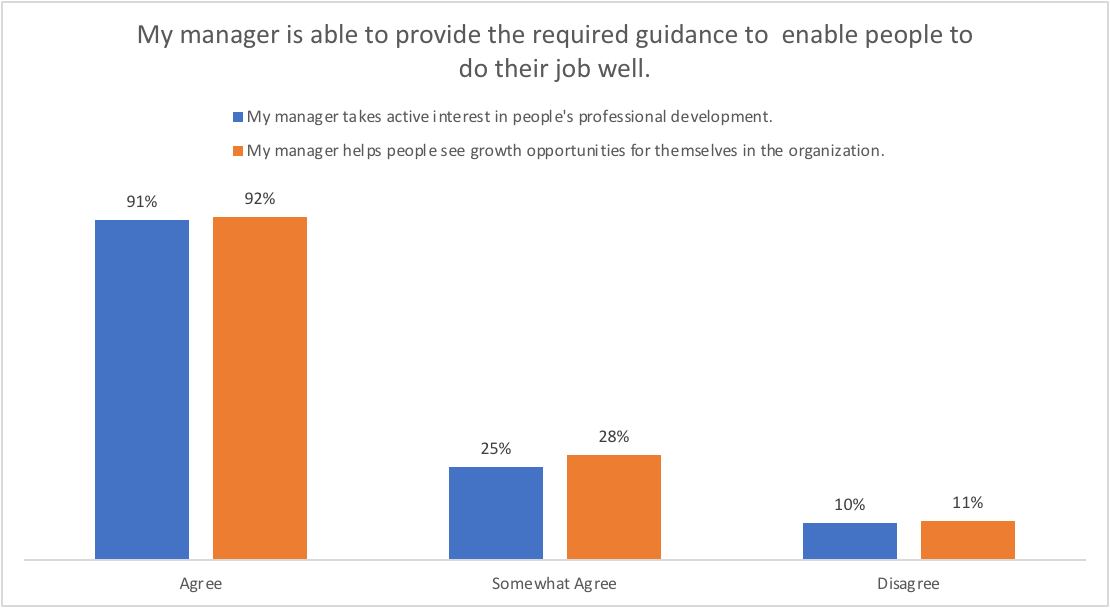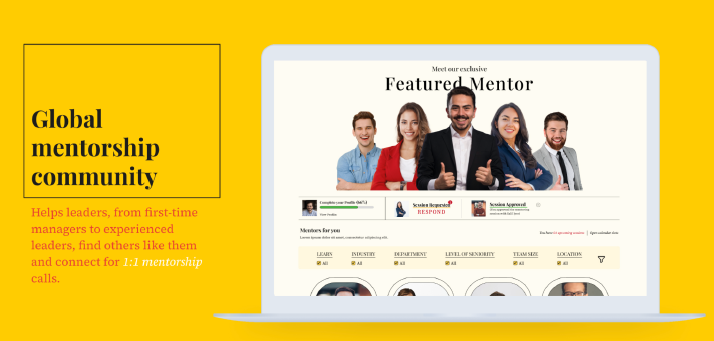If you are considering hiring a first-time manager or promoting someone internally, there are two broad considerations. What will you do relative to training and ongoing professional development to support their growth as a leader? And what qualities must a candidate have to make success likely? Here are five qualities to look for in a first-time manager:
Humility
First-time managers need to build trust and credibility early in their new role. Any signs of arrogance or overconfidence will leave a bad and lasting first impression on the people they lead. Avoid candidates that claim to have all the answers or credit themselves with all past accomplishments with an overuse of “I” when speaking of them. Look for someone who is self-aware and able to acknowledge they are learning. Find a candidate that credits others, or the team, when talking about successes. Showing vulnerability with authenticity builds trust, and high-trust organizations perform better than those that are not.
Intellectually Curious
First-time managers should be eager to learn and want to understand as much as they can about the organization, processes, products, services, technology, and the people doing the work. They should not be shy about asking questions because as they develop as a leader, they will understand that when they are learning, so is the rest of the team. Lean toward candidates that probe topics with questions that are built on answers to other questions. Favor candidates that are comfortable saying, “I didn’t know that”, and seem to enjoy learning more.
Well Organized
First-time managers will be busy learning how to direct the activities of other people; if they are not well organized, they can create disruptive chaos and be perceived as incompetent. Take caution with candidates that are not well prepared for an interview, late to a call or in-person appointment, or unreliably responsive to emails or phone messages. Look for candidates that can describe how they set priorities and the organizing structures they use to easily retrieve information, manage their calendar, and track tasks and timelines. Successful project managers make good first-time managers/leaders.
Effective Communicator
We are all continuously working on improving our communication skills, and while a first-time manager is no different, you want to know they have some foundational capabilities and qualities. Shy away from candidates who display poor listening skills, frequently interrupt, use inappropriate language, rely heavily on business jargon, and struggle to make their point in a concise way. Look for candidates who are active listeners, seek clarification and understanding, are able to speak to a group, have a sense of their audience, provide context on topics under discussion, and exude positivity in their body language and tone.
Takes Initiative
Management and leadership are for self-starters; not someone waiting for their next assignment. You want to stay away from candidates who engage in “us – they” language that separates management (they) from team members (us). You want the candidate that says, “We found a better way to do x, y, or z, and we implemented it with great results”. Ideal candidates are problem-solvers, not just problem identifiers. It is much better to hire a first-time manager that takes the initiative to solve something, or to begin collaborating with someone to solve a problem than to have one wanting to maintain the status quo and wait for direction. While interviewing a candidate, ask them why they want to be a manager. You are looking for a candidate who sees opportunities for improvement and wants to contribute in a bigger way.
When you find a candidate that you believe can be a successful first-time manager you will want to dig a little deeper to verify if they are a fit for the role and the organization. This is too often a missed step, and it can alter the trajectory of the candidate’s career negatively, which is an unwanted outcome for them and your organization.
Points to note
- Validate that there is alignment between your organizational mission and values and those of the candidate. There is no perfect science in determining this, but opening up the conversation with the candidate can be revealing.
- Share the organization’s vision and see if the candidate is able to articulate it for others. Managers lead and coach; they need to be able to reinforce the organization’s long-term vision. Also, share your vision for the role with the candidate; make sure they have opportunities to ask questions. This is a time to understand their desire for growth and potential next steps in their career. You have to be transparent and realistic with the candidate.
- Even if the candidate displays humility, is intellectually curious, well organized, an effective communicator, and one who takes the initiative, they need to know the expectations for the role. Take time to get clarity on what success looks like; this may include goals on key performance measures, producing a new product, creating a new service, implementing a new technology, or growing the team. Are there particular challenges you know they will face and will be expected to resolve? Was there a predecessor in the role and were they not successful? Share as much as you are able to and then see how comfortable the candidate is about moving forward.
Steps to take after finalizing a candidate
After you make your decision and bring on a first-time manager with all the necessary qualities, remain actively engaged with them, especially during the first few months; make sure they have time to share their progress and insights. You need to give them constructive and actionable feedback on how they are doing; this feedback loop is important. Find out if gaps have surfaced that can be addressed with training, mentoring, or other forms of support.
First-time managers are an impactful way of infusing new energy and ideas into any organization. Investing in talented people seeking to gain experience sends a signal to others in the company who may want to consider a management role in the future and can have a positive impact on retention. Take the time and effort to identify the right candidate with the “must have” qualities of a first-time manager and then enjoy the return on your investment.


















